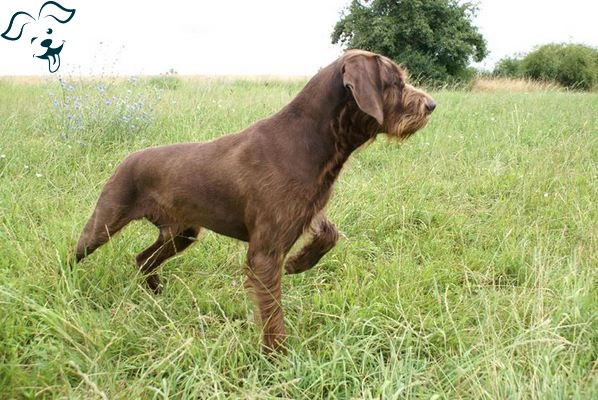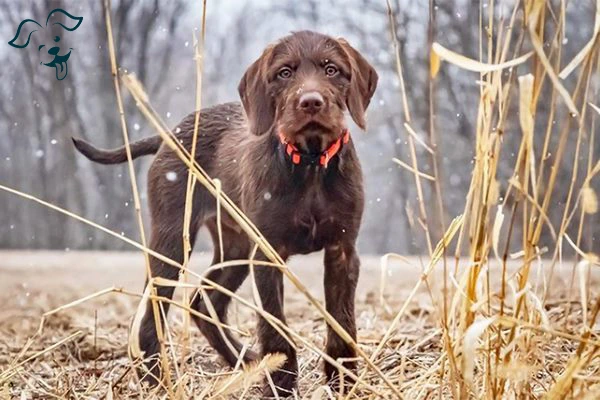CARING WITH FAMILY
|
| The Presa Canario is generally known to be a loyal and affectionate breed towards their family members and people they know well. They tend to form strong bonds with their owners and are often protective of their loved ones. Presa Canarios are typically devoted and dedicated to their families, showing affection and enjoying spending time with them. |
LOVE WITH CHILDREN
Unwise
Good With Children
|
| The Presa Canario, when properly socialized and trained, can be a family-friendly breed that has the potential to be patient and tolerant of children's behavior. However, as with any large and powerful breed supervision is crucial when the Presa Canario is around young children or children who may have limited exposure to dogs. |
BEHAVIOR WITH DOGS
Unwise
Good With Other Dogs
|
| The Presa Canario is a breed that typically has a dominant and territorial nature which can influence their interactions with other dogs. While individual personalities can vary, the breed is generally known for being less tolerant of other dogs especially those of the same sex or dominant disposition. |
SHEDDING LEVELS & MANAGEMENT
No Shedding
Hair Everywhere
|
| The Presa Canario has a short and coarse coat that does shed regularly but is not excessive compared to some other breeds. While they do shed the amount of fur they leave behind is relatively moderate. Regular brushing can help minimize shedding and keep loose hair under control. |
COAT GROOMING STANDARDS
|
| When assessing the grooming effort required, it's important to consider the frequency of bathing, brushing, trimming, or other forms of coat maintenance for a particular breed. Take into account the amount of time, patience, and budget you have available for this type of care. The grooming needs of a breed, including bathing, brushing, trimming, and other forms of coat maintenance should be taken into account. Evaluate the time, patience and budget you can allocate to meet these requirements. |
DROOLING INTENSITY
Less Likely to Drool
Always Have a Towel
|
| Consider the propensity of a breed to drool. If you value cleanliness, dogs that leave strands of slobber on your arm or create large wet patches on your clothes might not be the most suitable option for you. |
COAT STYLES GUIDE |
| Smooth |
| COAT SPECTRUM |
| Short |
FRIENDLINESS
Reserved
Everyone Is My Best Friend
|
| Take into account the level of friendliness a breed typically exhibits towards strangers. Certain breeds may display reserved or cautious behavior around unfamiliar individuals regardless of the setting, whereas other breeds may eagerly welcome new humans whenever they are present! |
LIVELINESS
Only When You Want To Play
Non-Stop
|
| Take into consideration the breed's tendency to maintain enthusiasm for play, even beyond the puppy stage. Certain breeds will exhibit a continued desire to engage in activities such as tug-of-war or fetch well into their adulthood while others will derive contentment from simply relaxing on the couch with you for the majority of the time. |
VIGILANCE INTENSITY
What's Mine Is Yours
Vigilant
|
| Consider the breed's inclination to notify you of the presence of strangers. These breeds are more prone to react to any potential threat be it the mailman or a squirrel outside the window. Furthermore, they are likely to become more accepting of strangers who enter the house and are recognized by their family. |
ADAPTATION CAPACITY
Lives For Routine
Highly Adaptable
|
| Consider the adaptability of a breed to handle change. This encompasses their ability to adjust to alterations in living conditions, noise levels, weather, daily routines and other variations that occur in day-to-day life. |
OBEDIENCE LEVEL
Self-Willed
Eager to Please
|
| Take into consideration the ease of training your dog and their willingness to learn new things. Certain breeds are naturally inclined to seek their owner's approval and are eager to please making training relatively easy. Conversely, some breeds have a more independent streak and may prefer to prioritize their own desires over following instructions regardless of the location or situation. |
STAMINA LEVEL
|
| Consider the level of exercise and mental stimulation required for a breed. High-energy breeds are always prepared and enthusiastic for their next adventure. They will actively engage in activities such as running, jumping and playing throughout the day. On the other hand, low-energy breeds tend to have a more relaxed disposition and are content to spend their time lounging around and snoozing. |
VOCALIZATION
|
| Infrequent |
LEARNING CURIOSITY LEVEL
Happy to Lounge
Needs a Job or Activity
|
| Consider the extent of mental stimulation required for a breed to maintain their happiness and overall well-being. Purpose-bred dogs may have jobs that demand decision-making, problem-solving, concentration and other cognitive qualities. Without the necessary mental exercise they may resort to creating their own activities to keep their minds occupied which might not align with the kind of projects you would prefer. |
| COLORS |
|
Description
|
Registration Code
|
|
Black
|
007
|
|
Fawn
|
082
|
|
| PATTERNS |
|
Description
|
Registration Code
|
|
Black Mask
|
004
|
|






























FRIENDLINESS
LIVELINESS
VIGILANCE INTENSITY
ADAPTATION CAPACITY